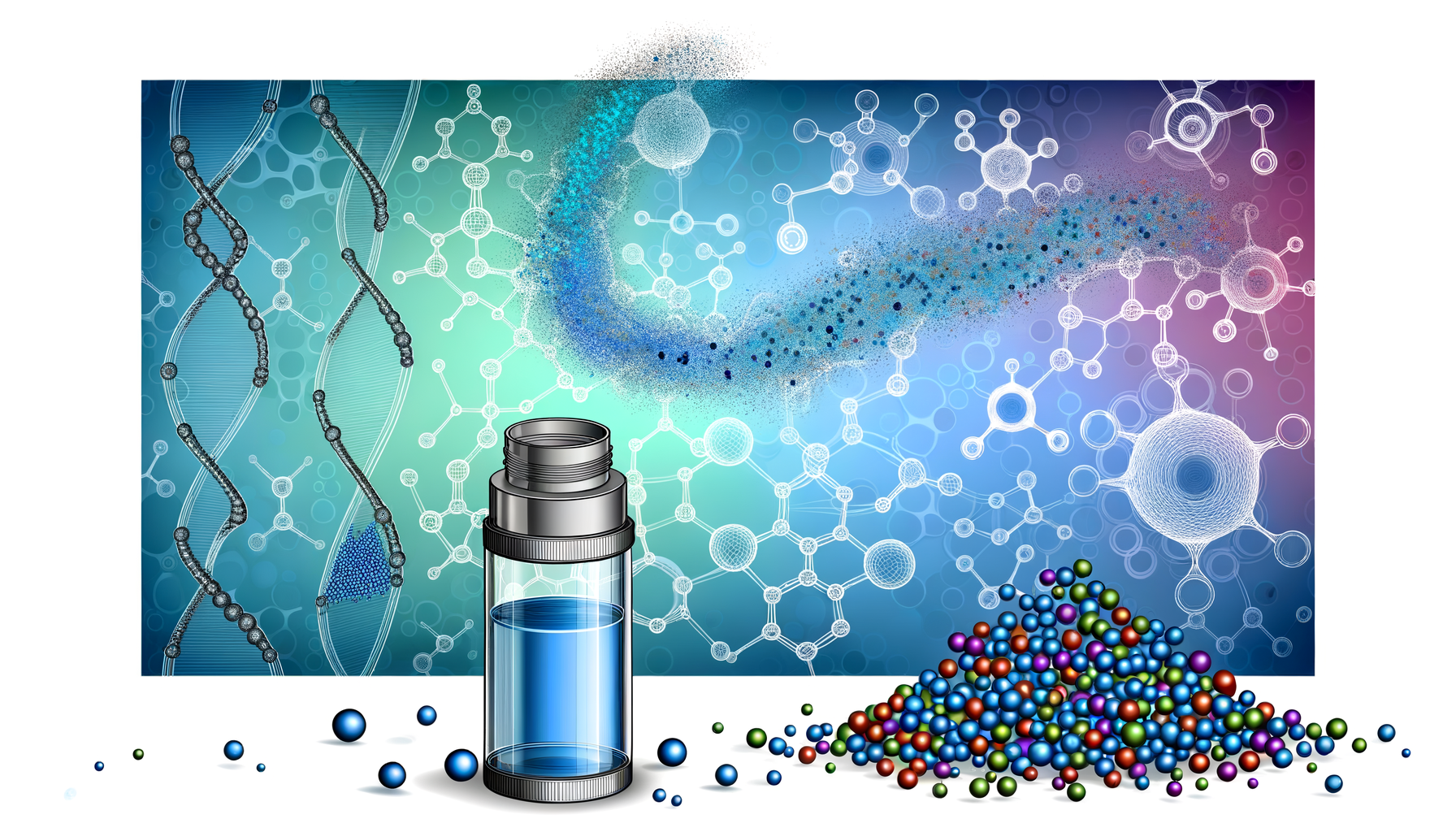Unraveling the Potential: Nanotechnology's Role in Advancing Aerosol Sampling
 Shreya Sulkunde
Shreya Sulkunde
In an era where precise scientific analysis is more crucial than ever, the integration of nanotechnology into environmental research brings forth groundbreaking opportunities. One such domain witnessing a transformative shift is the application of nanotechnology to aerosol sampling—an essential tool in atmospheric science, public health research, and environmental monitoring. In this article, we delve into how scientific advancements in nanotechnology are enhancing the capabilities and scope of aerosol samplers, paving the way for more accurate data collection and in-depth analysis.
Understanding Aerosol Samplers and Their Significance
Aerosol samplers are devices designed to collect airborne particles for analytical purposes. These samplers are indispensable for assessing air quality, studying the dispersion of pollutants, and understanding climate dynamics. Traditional aerosol samplers have helped pave the way for crucial discoveries related to air pollution sources and impacts. However, as our need for precision and detailed analysis grows, so too must our tools.
Herein lies the promise of nanotechnology—a field that operates on a molecular level, engineering materials and devices at the scale of atoms and molecules. Nanotechnology has unlocked a new potential in aerosol sampling, where the ability to discern the minute from the minuscule becomes a game-changer.
The Nanotechnology Revolution in Aerosol Sampling
Enhanced Sampling Accuracy:
One of the foremost contributions of nanotechnology is its ability to enhance the accuracy of aerosol samplers. Nanotechnology enables the creation of sampling instruments with highly sensitive filters and sensors. These refined tools are capable of detecting and analyzing nanoparticles with unmatched precision. Understanding these ultra-fine particles has significant implications for assessing air quality and studying nanomaterial emissions.Increased Surface Area and Reactivity: With the potential to dramatically alter the surface area-to-volume ratio, nanotechnology enhances the reactive surface of collection mediums. This increased reactivity optimizes the capture efficiency of various aerosols, including those with ultra-low mass concentrations that were traditionally harder to capture and analyze.
Size-selective Sampling Advancements: Many nanotechnology-driven aerosol samplers now offer size-selective sampling capabilities. This feature allows researchers to isolate particles depending on their size, ranging from dust and pollen to ultra-fine particulates produced by industrial activities. Such selectivity ensures that multiple particle sizes can be captured in a single analysis, enabling a broader environmental assessment.
Nanotechnology's Contributions to Environmental Research
Tracing Atmospheric Changes with Precision: Nanotechnology-enhanced aerosol samplers have been crucial in atmospheric chemistry—tracking minute changes and reactions in real time. These insights are invaluable in modeling atmospheric conditions and making informed predictions about weather patterns, climate changes, and urban pollution foresight.
Public Health Applications: Enhanced aerosol samplers enable more accurate detection and analysis of airborne pathogens and allergens, providing key insights for public health protection. Understanding the composition and dispersion of these elements within various environments aids in developing effective air quality regulations to safeguard community health.
Exploring New Frontiers of Science: The intersection of nanotechnology and aerosol research has fueled burgeoning studies in emerging fields such as the study of ultrafine particulate matter's potential biological impacts. By quantifying exposures more rigorously, researchers can explore novel therapeutic interventions and delivery systems for respiratory diseases.
Future Prospects and Challenges
While the current advancements are promising, there remain areas for growth and ongoing improvements.
Optimization and Cost-Effectiveness:
As with any developing technology, optimizing nanotechnology-based tools to be cost-effective while maintaining high performance is an ongoing challenge. Economies of scale could help reduce costs, potentially paving the way for broader adoption of these enhanced aerosol samplers.Building Awareness and Expertise:
The highly specialized nature of nanotechnology means that increased awareness and training in its effective use within aerosol research is essential. Building partnerships between academia, industry, and governmental agencies can help bridge this knowledge gap.Addressing Environmental Footprint
Research on the environmental impact of using nanotechnology in aerosol samplers is vital to ensure sustainable development. Exploring environmentally-friendly materials and recycling methods can help mitigate any negative impacts of these technologies.
Conclusion
The marriage of nanotechnology and aerosol sampling proves to be a union full of promise. Beyond enhancing the capabilities of traditional aerosol sampling methods, it expands our understanding of the minuscule particles that shape our environment and interact with our health. As the scientific community continues to adapt and innovate, the potential for nanotechnology to drive change in environmental research is undoubtedly extraordinary, promising a cleaner, clearer future for generations to come. In embracing this evolution, we harness a powerful tool that has the potential to reshape our understanding of the invisible world that surrounds us.
Explore Comprehensive Market Analysis of Nanometer Aerosol Sampler Market
Source -@360iResearch
Subscribe to my newsletter
Read articles from Shreya Sulkunde directly inside your inbox. Subscribe to the newsletter, and don't miss out.
Written by
